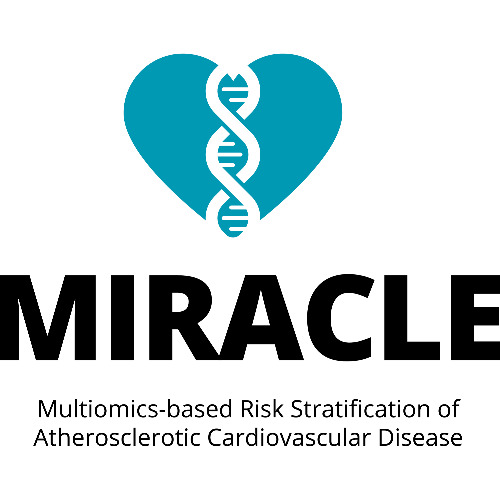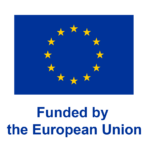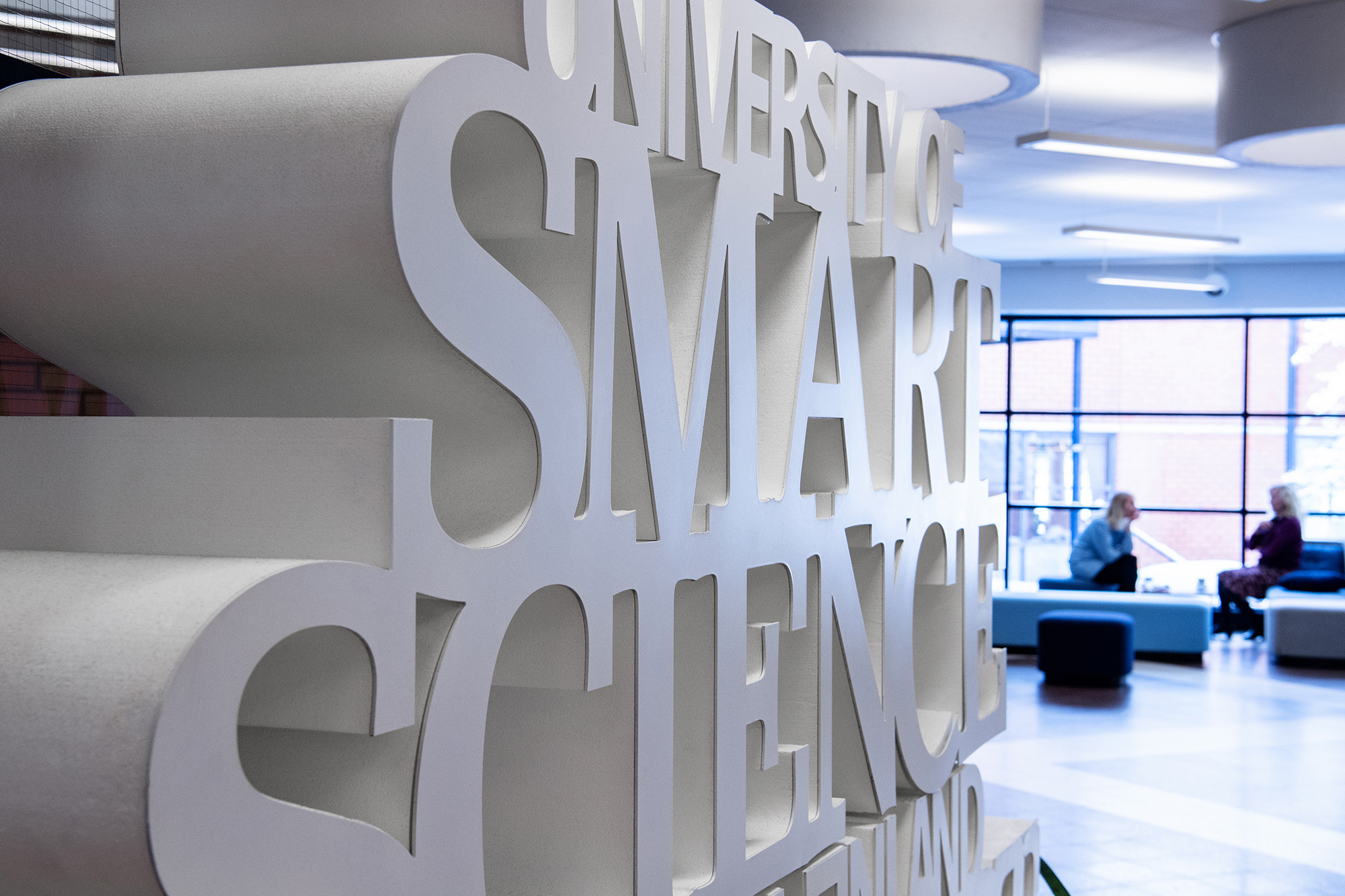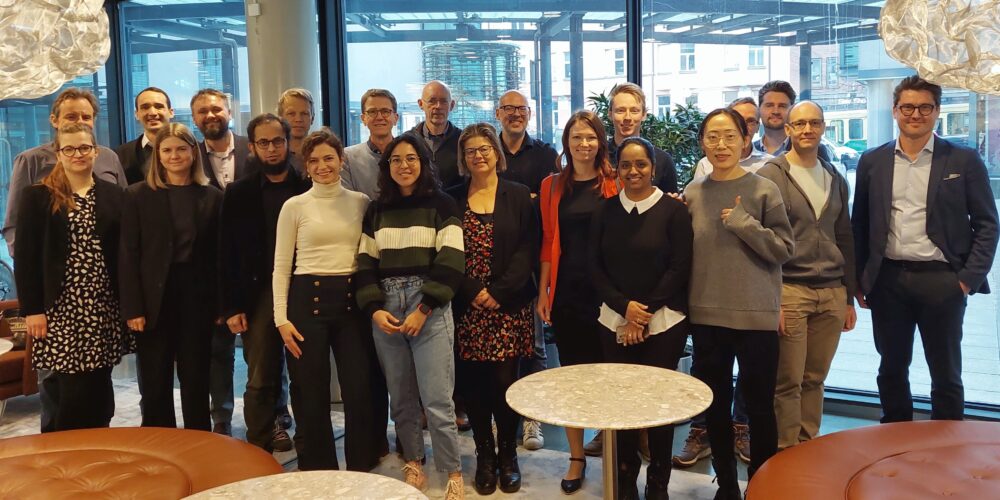
MIRACLE
Funders

MIRACLE – MultiomIcs based Risk stratification of Atherosclerotic CardiovascuLar disEase
Professor Minna Kaikkonen-Määttä’s research group at A. I. Virtanen Institute for Molecular Sciences has secured esteemed funding from the European Innovation Council, EIC, for an innovative consortium project aiming to improve the identification and risk assessment of one of the world’s deadliest diseases – atherosclerotic cardiovascular disease (ASCVD). MIRACLE (MultiomIcs-based Risk stratification of Atherosclerotic CardiovascuLar disease) is the University of Eastern Finland’s first EIC-funded project.
ASCVD, a condition where the arteries harden due to plaque build-up, is the most common cause of death globally. Aside from asymptomatic manifestations, the first sign of the disease is often a severe clinical event, such as a stroke or heart attack. Thus, identification of people at high risk is central to battle the deadly consequences of ASCVD.
The usefulness of current risk prediction models is limited, most likely because they are typically built on traditional risk factors that do not capture all aspects of this complex condition. Especially, genetic risk factors acting already early in life and diverse lifetime exposures lead to disturbance of gene regulatory networks which are not considered in the current risk models. In addition, the current models predict the combined risk of coronary artery disease (CAD), peripheral artery disease (PAD), and ischemic stroke despite mounting evidence of ASCVD heterogeneity.
To capture these missing aspects of current risk scores, MIRACLE brings together unique data resources and expertise to provide novel multiomics based prediction models of ASCVD. The researchers will use data from the globally largest genome-wide association studies n to identify specific genetic factors that differ between or are shared by different manifestations of ASCVD – CAD, PAD, and stroke. They will also uncover gender-specific types of ASCVD by examining gene activity in plaques and circulating biomarkers. Finally, the project will generate functionally informed polygenic risk scores that also incorporate circulating biomarkers. The expected breakthrough is a ’gold standard’ model that can more accurately predict the risk of stroke and heart attacks, potentially enabling earlier and more effective treatments.
The MIRACLE project is coordinated by the University of Eastern Finland.
News
-
 MIRACLE website
MIRACLE websiteMIRACLE website
-
 UEF to coordinate a multi-national effort funded by EIC to combat cardiovascular disease
UEF to coordinate a multi-national effort funded by EIC to combat cardiovascular diseaseUEF to coordinate a multi-national effort funded by EIC to combat cardiovascular disease
Cooperation
Keywords
Professors
Senior Researchers
Post-doctoral Researchers
-
Uma Thanigai Arasu
Postdoctoral ResearcherA.I. Virtanen Institute for Molecular Sciences, Faculty of Health Sciences -

Mari Taipale
Senior ResearcherA.I. Virtanen Institute for Molecular Sciences, Faculty of Health Sciences -
Jagadish Vangipurapu
Senior ResearcherA.I. Virtanen Institute for Molecular Sciences, Faculty of Health Sciences



